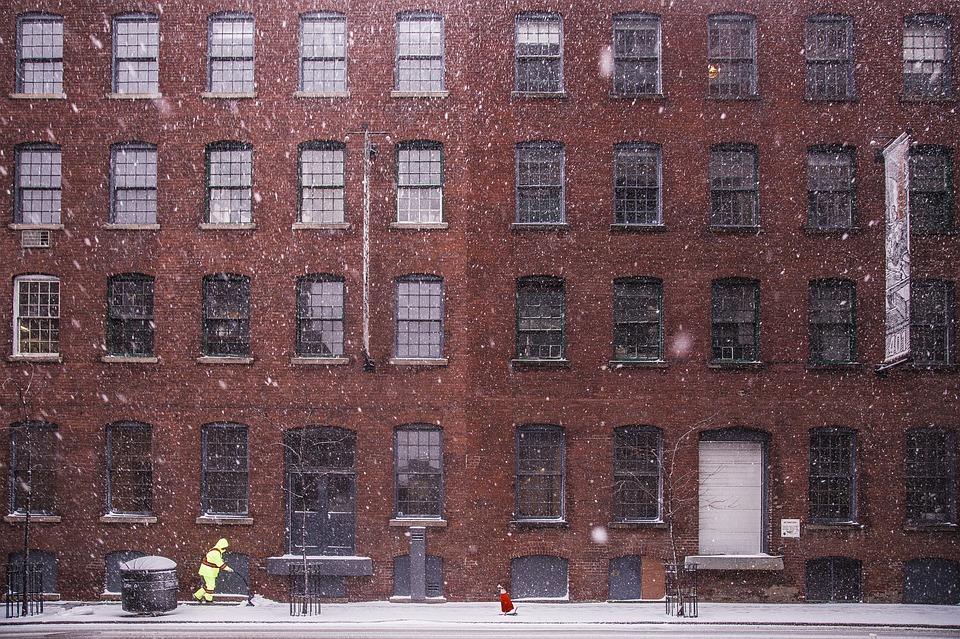With the cold weather now well and truly upon us, it’s inevitable that we’ll reach for the thermostat, crank up the heating and close windows and doors in an attempt to keep the environment toasty for the next few months.
Seems like the right thing to do…? However, comfort-obsessed Brits could be turning a blind eye to the invisible dangers that come with living in a warm and under-ventilated living space.
New research, commissioned by Ecoair, shows that despite 79% of Brits having lived with damp, mould or condensation in their property, over one in five (21%) are unaware of the issue of excess moisture in their homes, which can have adverse effects on health. What’s more concerning is that 17% don’t believe humidity can have any negative effects on our health at all.
Whilst almost two thirds of Brits (65.6%) associate excess moisture in the home with visible signs such as mould, mildew or damp, less than a quarter (23.5%) believe humidity to be related to illnesses including colds, flu and other bacterial or viral infections.
Worryingly, over half (53%) admit they would not take action to check humidity until they have witnessed visible signs of damage, whilst a whopping 84.6% admit to never checking humidity levels in the home, with 71.7% clueless as to how to do so.
It’s unsurprising in this case that 46% freely admit to not knowing the point at which our homes become too humid, with a further 47.7% of us getting it wrong. A tiny 6.2% of the population is aware that humidity levels over 60% mean that we’re living with too much moisture. It is from this point that our homes become a breeding ground for microorganisms including bacteria, viruses and allergy triggering dust mites, putting us at risk of regular illnesses throughout the winter.
Homes exposed long term to excess moisture have a much higher chance of harbouring lung-damaging and sometimes highly toxic mould.
Bathrooms (52%) top the charts of rooms most affected by these kinds of issues, with kitchens (21%) featuring highly, however, more troubling is the bedroom (30%), where we spend a huge chunk of our time on a daily basis.
The research goes on to highlight the factors that people neglect to consider when the temperature starts to drop. Unwittingly, Brits are subjecting themselves to an increased danger when blocking gaps, vents or using draught excluders, never opening windows in the winter, and turning up the heating. Even the increase in drinking hot drinks, cooking more, drying clothes inside and breathing contributes to the build-up of trapped moisture in our homes.
Almost half of those surveyed (43%) will have children living or staying in their homes over winter. Children are particularly at risk from infections caused or exacerbated by living with high humidity and it’s important to protect them during the colder wetter winter months.
In the studio with us to discuss how best to avoid the build-up of excess moisture in winter and the effects this has on our health are Dr David Bull and Sally Fok, Co-Founder of Eco-Air.
